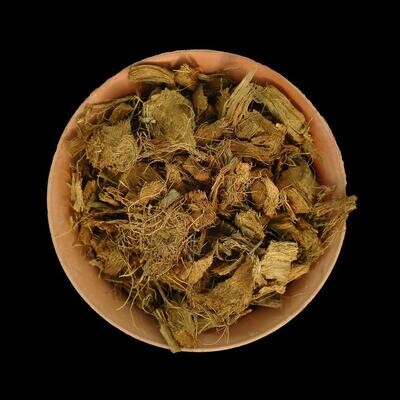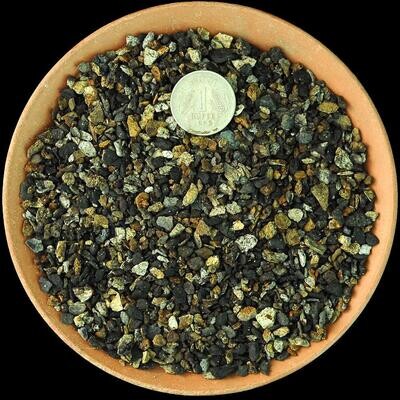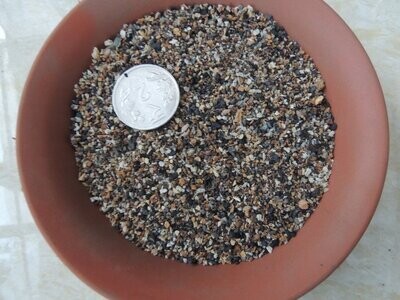Please check the Shipping Updates Page for information on shipping.
Euphorbia prona S Carter
Rooted plant as shown above in pics.
Origin of Name
Euphorbia prona 'S Carter' is named in honor of the botanist who identified and contributed significantly to its study, indicated by the 'S Carter' suffix. The genus 'Euphorbia' is named after Euphorbus, a Greek physician of King Juba II of Numidia, who reportedly used a similar plant for medicinal purposes. 'Prona' refers to a specific characteristic of the plant, although the exact meaning may vary based on the botanist's interpretation.
Technical Description of Plant
Euphorbia prona 'S Carter' is a succulent species known for its striking, columnar growth habit. This plant typically develops upright, cylindrical stems that are green to blue-green, with pronounced vertical ridges. Along these ridges, small spines emerge from regularly spaced nodes, giving the plant a ribbed appearance. Euphorbia prona 'S Carter' may produce small, inconspicuous flowers, typical of many Euphorbias, though the primary interest lies in its sculptural form and foliage.
Origin of Plant
This particular variety of Euphorbia prona is native to SOMALIA Bavazzano & Lavranos, where it has adapted to survive in arid and semi-arid environments. Its natural habitat is characterized by dry, rocky areas, influencing its drought-tolerant and sun-loving nature.
Conservation Status
As of the latest update, there is no specific conservation status for Euphorbia prona 'S Carter'. However, like all species in the Euphorbia genus, it should be cultivated and traded responsibly to ensure its sustainability.
Care instructions
Euphorbia prona 'S Carter' requires well-draining soil, typically a cactus or succulent mix, and a pot with good drainage. It thrives in bright, indirect sunlight but can tolerate some direct sun exposure. Water moderately during the active growing season, allowing the soil to dry out completely between waterings. Reduce watering in the winter months. This species is not frost-tolerant and should be protected from cold temperatures. Caution should be exercised when handling this plant, as the sap can be irritating to the skin and eyes. Regular monitoring for pests and diseases will help maintain the plant's health and appearance.





